- Overview
- Services
- Applications
Creative Bioarray is dedicated to enhancing your product development success through tailored safety evaluation solutions. We prioritize milestone achievement by providing scientifically robust data and sustaining the momentum necessary for your candidate's progression. Our Safety Evaluation team develops customized strategies that address the unique requirements of each project, ensuring that your products remain on track from discovery to market.
How Can We Help You?
Creative Bioarray is dedicated to offering a comprehensive range of toxicology assays, including In Vitro and In Vivo assessments, to help clients evaluate product safety. Our advanced testing methodologies enable informed decision-making in product development, ensuring regulatory compliance and safeguarding consumer health.
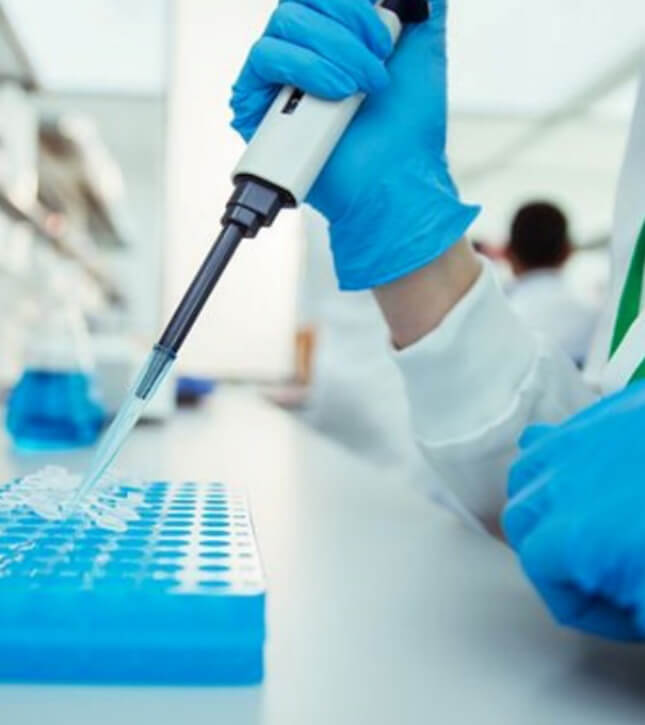
In Vitro Toxicology
- In Vitro Cytotoxicity
- In Vitro Genetic Toxicology
- In Vitro Cardiotoxicity
- In Vitro Hepatotoxicity
- In Vitro Neurotoxicity
- In Vitro Nephrotoxicity
- In Vitro Phototoxicity
- In Vitro Mitochondrial Toxicity
- In Vitro Dermal Toxicology
- In Vitro Ocular Toxicity
- Endocrine Disruption Screening Assay
- High-throughput Toxicity Screening
- High-content Toxicity Screening
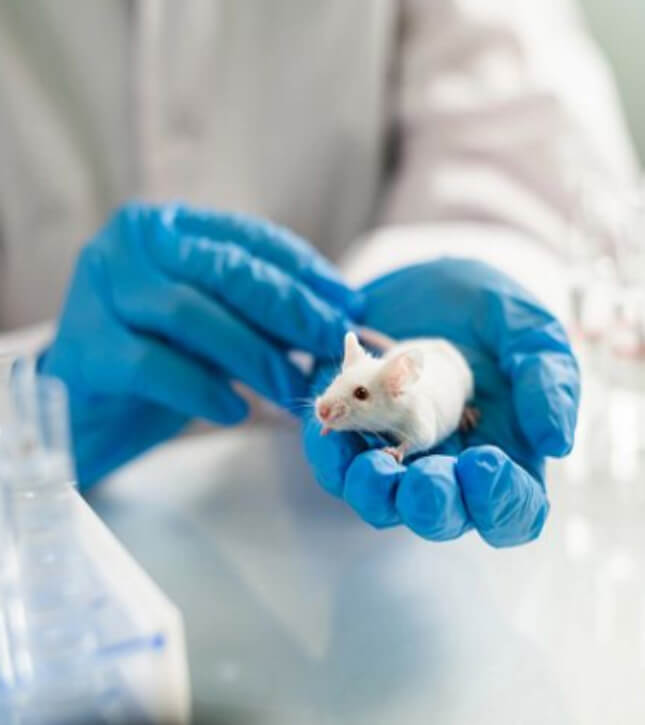
In Vivo Toxicology
Learn More- General Toxicology
- Safety Pharmacology
- In Vivo Genetic Toxicology
- Developmental & Reproductive Toxicology (DART)
- Local Toxicity Studies
- Toxicokinetics (TK)
- Carcingenicity
- Immunotoxicity
- Immunogenicity
Applications
Drug
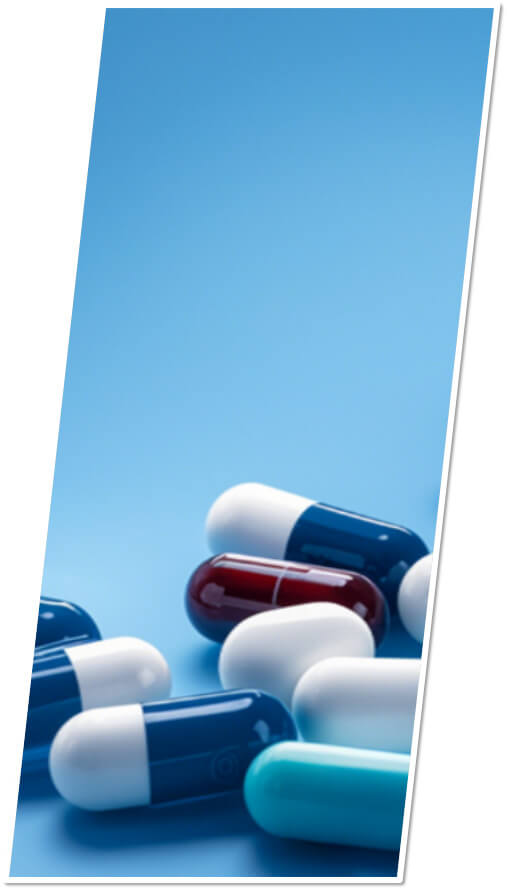
General Toxicology
- Maximum Tolerated Dose (MTD) Study
- Dose Range Finding (DRF) Study
- Single Dose Toxicity Studies
- Repeated Dose Toxicity Studies
Genetic Toxicology (In Vitro & In Vivo)
- Ames Test
- In Vitro Mammalian Cell Gene Mutation Assays
- In Vitro Mammalian Cell Micronucleus Test
- In Vivo Micronucleus Test
- In Vitro Chromosome Aberration Test
- Comet Assay (In Vitro, In Vivo)
- Pig-a Assay
Developmental & Reproductive Toxicology (DART)
- Fertility and Early Embryonic Development (FEED) Study-Segment I
- Embryo-Fetal Developmental (EFD) Study-Segment II
- Pre- and Postnatal Development (PPND) Study (including extended studies)-Segment III
Safety Pharmacology
- Cardiovascular System Studies
- Central Nervous System (CNS) Studies
- Respiratory System Studies
- Supplemental Safety Pharmacology Studies
Local Toxicity Studies
- Dermal Irritation/Corrosion Study
- Skin Sensitization Study
- Eye Irritation/Corrosion Study
- Hemolysis Assay
Toxicokinetics (TK)
Carcinogenicity Studies
Immunotoxicity Studies
Immunogenicity Studies
Disinfectants
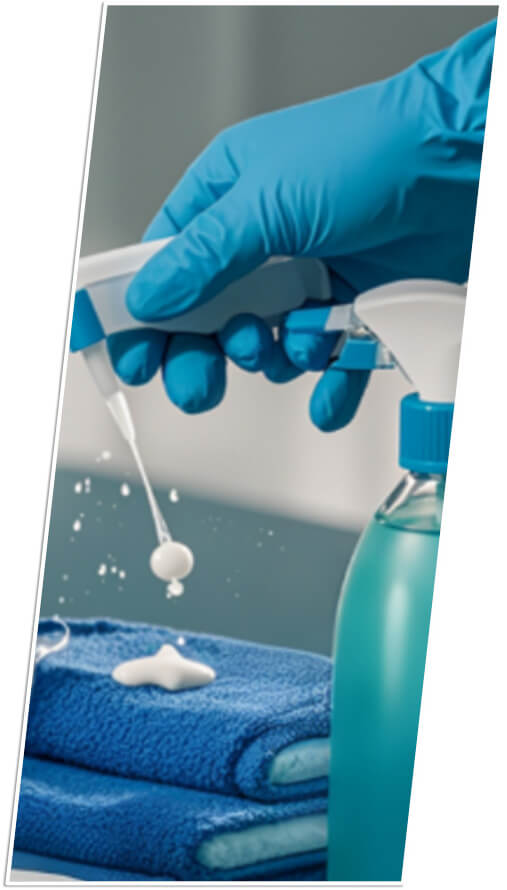
- Acute Oral Toxicity Study
- Acute Inhalation Toxicity Study
- Acute Eye Irritation Study
- Subacute Toxicity Study
- Subchronic Toxicity Study
- Chronic Toxicity Study
- Skin Irritation Test
- Skin Sensitization Test
- Vaginal Mucosa Irritation Study
- Mutagenicity Studies
- Teratogenicity Testing
- Carcinogenicity Studies
Food
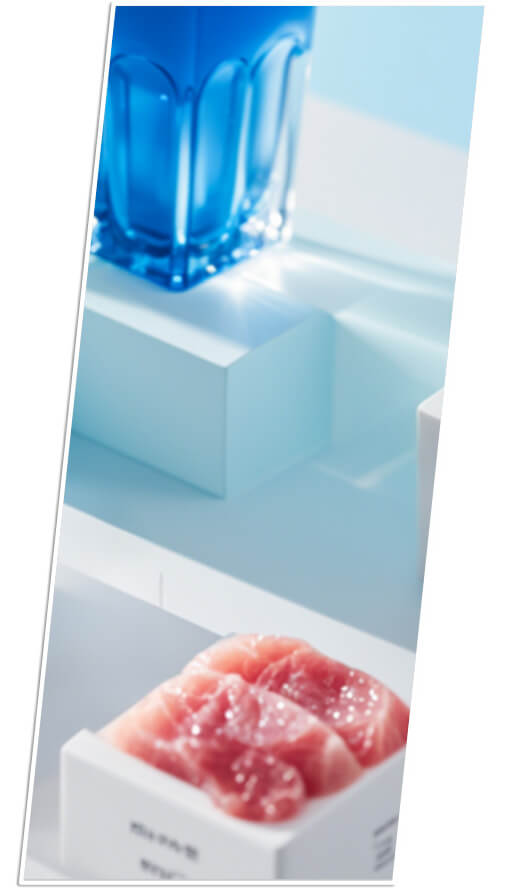
- Ames Test
- In Vitro Mammalian Cell Micronucleus Test
- In Vitro Chromosome Aberration Test
- Acute Oral Toxicity Study
- Repeated Dose Oral Toxicity Study (28/90-Day )
- Teratogenicity Testing
- Reproductive Toxicity Studies
- Combined Chronic Toxicity/Carcinogenicity Studies
Daily Chemical Product

Phase I
- Acute Oral Toxicity Study
- Acute Dermal Toxicity Study
- Acute Inhalation Toxicity Study
- Acute Eye Irritation/Corrosion Study
- Skin Irritation/Corrosion Test
- Skin Sensitization Test
Phase II
- Ames Test
- In Vitro Mammalian Cell Micronucleus Test
- In Vitro Chromosome Aberration Test
- Mammalian Spermatogonial Chromosomal Aberration Test
- Repeated Dose Dermal Toxicity Sdtuy (21/28-Day)
- Repeated Dose Oral Toxicity Study (28-Day)
- Subacute Inhalation Toxicity Study (28-Day)
Phase III
- Subchronic Oral Toxicity Study
- Subchronic Dermal Toxicity Study
- Subchronic Inhalation Toxicity Study
- Two-Generation Reproduction Toxicity Study
- Teratogenicity Testing
- Delayed Neurotoxicity Study
Phase IV
- Chronic Oral Toxicity Study
- Chronic Dermal Toxicity Study
- Chronic Inhalation Toxicity Study
- Combined Chronic Toxicity/Carcinogenicity Studies
- Carcinogenicity Studies
- Toxicokinetics (TK) Studies
